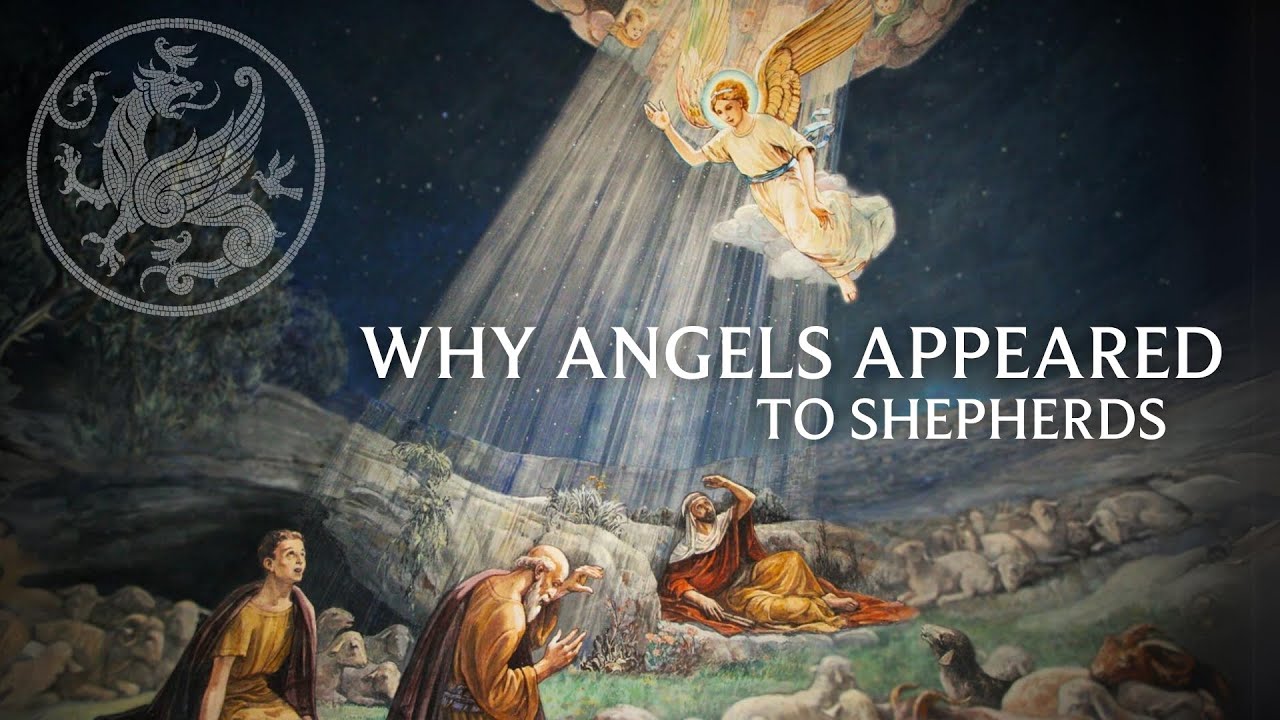God Divided the Light From the Darkness – The Meaning. God’s Light from dark compared to Yin-yang.
Summary
TLDRThe script delves into the biblical passage Genesis 1:3-5, exploring the profound meaning of God dividing light from darkness. It emphasizes the significance of the Hebrew word 'bawdal' (H914), used in various contexts to mean 'separate' or 'sever'. The discussion contrasts this biblical separation with the yin-yang concept of dualism, highlighting the distinctness of light and dark in the Bible. The narrative underscores God's creation plan and the transformation from darkness to light, culminating in a divine light in the New Jerusalem.
Takeaways
- 🔍 Understanding the deeper meaning of 'divided' in the context of God separating light from darkness in Genesis 1:3-5 is crucial.
- 📜 Different translations of the Hebrew word 'bawdal' (H914) highlight the extent of the separation between light and darkness.
- 🌅 This separation is not just about the appearance of light but indicates a clear distinction between light and darkness.
- 💡 The exercise involves exploring Genesis 1:3-5 and examining various translations to grasp the full meaning of 'divided'.
- 📖 Biblical examples in Leviticus and Ezekiel reinforce the strength and significance of this separation.
- 🌗 Light and dark are distinct and separate entities, with no in-between, as shown in the biblical narrative.
- 🎭 Unlike the yin-yang concept, where opposites are interconnected, God's division of light and dark is absolute with no mixture.
- ✨ God’s separation of light from darkness illustrates a fundamental aspect of His creation and His plan.
- 🌟 The Bible’s narrative begins with darkness and ends in the light of God, demonstrating the journey from darkness to light.
- 🔑 This lesson emphasizes the importance of understanding the biblical concept of separation and prepares for further study on the topic.
Q & A
What is the deeper meaning of 'God divided light from darkness' according to the script?
-The deeper meaning is that God's division of light and darkness signifies a clear and powerful separation. It emphasizes that light and dark are two completely distinct entities with no overlap or mixture.
How does the Hebrew word 'bawdal' (H914) contribute to the understanding of this division?
-The Hebrew word 'bawdal' (H914) used for 'divided' has various translations such as 'asunder,' 'sever,' and 'separate,' which highlight the strength and decisiveness of the division between light and darkness.
What does the exercise involving Genesis 1:3-5 aim to teach?
-The exercise aims to deepen understanding of the concept of 'divided' in Genesis 1:3-5 by exploring different translations and contexts where the word 'bawdal' (H914) is used, emphasizing the powerful and complete separation enacted by God.
What significance does Leviticus 20:25-26 have in this discussion?
-Leviticus 20:25-26 reinforces the concept of separation by illustrating how God commands the Israelites to distinguish between clean and unclean animals, highlighting the importance of maintaining distinct boundaries.
How does Ezekiel 42:20 contribute to the understanding of 'divided'?
-Ezekiel 42:20 illustrates the physical and symbolic separation between the sacred and the profane, underscoring the clear and intentional division that God established between different states of being.
What is the key difference between the Biblical concept of separation and the yin-yang philosophy?
-The Biblical concept of separation presents light and darkness as completely distinct and separate, with no overlap. In contrast, the yin-yang philosophy views opposing forces as interconnected and complementary, with each containing a part of the other.
How does 1 John 1:5 relate to the theme of light and darkness?
-1 John 1:5 reinforces the theme by stating that God is pure light and has no darkness at all, underscoring the absolute nature of the separation between light and darkness in God's nature.
What does 1 Peter 2:9 convey about the separation of light and darkness?
-1 Peter 2:9 conveys that believers are called out of darkness into God's marvelous light, highlighting the transformative aspect of this separation as part of God's plan for humanity.
How does Revelation 22:5 relate to the ultimate outcome of this separation?
-Revelation 22:5 describes the New Jerusalem, where there will be no night and God will provide eternal light, representing the ultimate fulfillment of God's separation of light from darkness.
What is the overall narrative arc from Genesis 1:1-5 to Revelation 22:5?
-The narrative arc spans from the creation of light out of total darkness in Genesis to the ultimate state of eternal light in the New Jerusalem, demonstrating God's plan to lead humanity out of darkness into His light.
Outlines

This section is available to paid users only. Please upgrade to access this part.
Upgrade NowMindmap

This section is available to paid users only. Please upgrade to access this part.
Upgrade NowKeywords

This section is available to paid users only. Please upgrade to access this part.
Upgrade NowHighlights

This section is available to paid users only. Please upgrade to access this part.
Upgrade NowTranscripts

This section is available to paid users only. Please upgrade to access this part.
Upgrade Now5.0 / 5 (0 votes)





